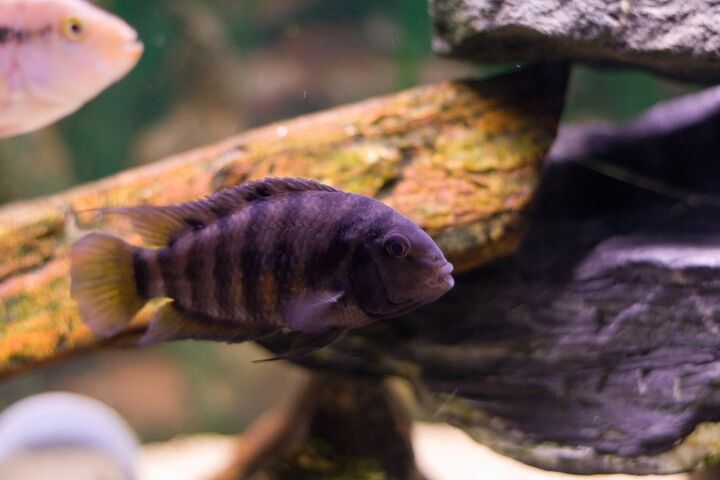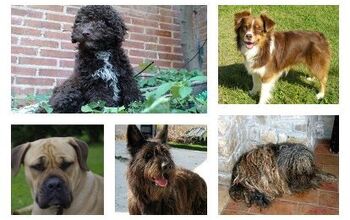New World Cichlids


About New World Cichlids
New World Cichlids are some of the most diverse freshwater fish species in the world – they come in all shapes and sizes as well as various colors and patterns. Different species have different temperaments with some being very peaceful and great community fish while others are some of the most aggressive cichlid species in existence. Many South American cichlids are great community fish while certain Central American and North American species can be a little more aggressive.
New World Cichlids are some of the most diverse freshwater fish species in the world.
The name New World Cichlids is often used to describe North American, South American and Central American cichlid species. Different species can be found in different bodies of water including large rivers like the Amazon as well as its tributaries.
The colors and patterns of New World Cichlids are highly varied from one species to another. Discus fish are a type of New World Cichlid (specifically a South American cichlid) and they are some of the most colorful fish in the world, exhibiting a wide range of colors and patterns including iridescent colors. Other New World Cichlids are a little drabber in terms of color but still very vibrant fish.
The habitat requirements for New World Cichlids are highly varied depending on the species’ natural habitat. South American species that come from the Amazon River Basin tend to prefer warm, soft waters with pH levels being neutral to slightly acidic. For the most part, New World Cichlids prefer warmer waters in the 74°F to 82°F temperature range with pH levels between 6.0 and 7.5. Cichlid tanks should be decorated with rockwork and live plants, though you should expect your cichlids to dig around in the substrate so be sure to choose hardy plant species.
The colors and patterns of New World Cichlids are highly varied from one species to another.
Different New World Cichlid species have different dietary habits. Most New World Cichlids are omnivorous or opportunistic carnivores so you should provide a variety of different foods including commercial flakes, pellets and granules as well as fresh and frozen foods.
Also read: Cost-Cutting Tips and Tricks for Aquarium Enthusiasts
All cichlids are egg layers but various New World Cichlid species exhibit different breeding habits. Most cichlids become very territorial during breeding so be prepared to set up a separate breeding tank. Some New World Cichlids spread their eggs over substrate or plants while many incubate the fertilized eggs in their mouths until hatching. It is also common for cichlids to care for their fry after hatching for some period of time.
There are more than 2,000 different species of cichlid which have been described and it is estimated that 1,000 or more have yet to be discovered. There are nearly 600 species of Central and South American cichlid species as well as several North American species. Some of the most popular New World Cichlids in the aquarium hobby include the following:
- Convict Cichlid (Archocenrus nigrofasciatus)
- Green Texas Cichlid (Herichthys carpintis)
- Rainbow Cichlid (Herotilapia multispinosa)
- Jaguar Cichlid (Parachromis managuensis)
- Firemouth Cichlid (Thorichthys meeki)
- Keyhole Cichlid (Cleithracara maronii)
- Red Devil Cichlid (Amphilophus labiatus)
- Red Parrot Cichlid (Cichlasoma sp.)
- Jack Dempsey Cichlid (Nandopsis octofasciatum)
- Green Severum (Heros serverus)
- Tiger Oscar (Astronotus ocellatus)
Photo credit: xprtshot/Bigstock

Kate Barrington is the loving owner of two cats (Bagel and Munchkin) and a noisy herd of guinea pigs. Having grown up with golden retrievers, Kate has a great deal of experience with dogs but labels herself a lover of all pets. Having received a Bachelor's degree in English, Kate has combined her love for pets and her passion for writing to create her own freelance writing business, specializing in the pet niche.
More by Kate Barrington























